Archaeologists Believe They May Have Discovered the Final Location of Noah’s Ark
Archaeologists believe they have finally discovered the remains of Noah’s Ark, an enormous ship used which allowed the biblical patriarch and his family to survive the great deluge and repopulate the Earth.
Researchers are meticulously examining an unusual geological formation found in modern Turkey, which bears a striking resemblance to the descriptions of the ship. Their painstaking work could potentially unveil the long-sought final resting place of the ark, a discovery that could revolutionize our understanding of the ancient world.
The Story of the Flood
One of the most memorable tales from the Bible is the story of Noah, a man who was chosen by God to build a colossal boat and instructed to populate it with two of every animal alongside his family.
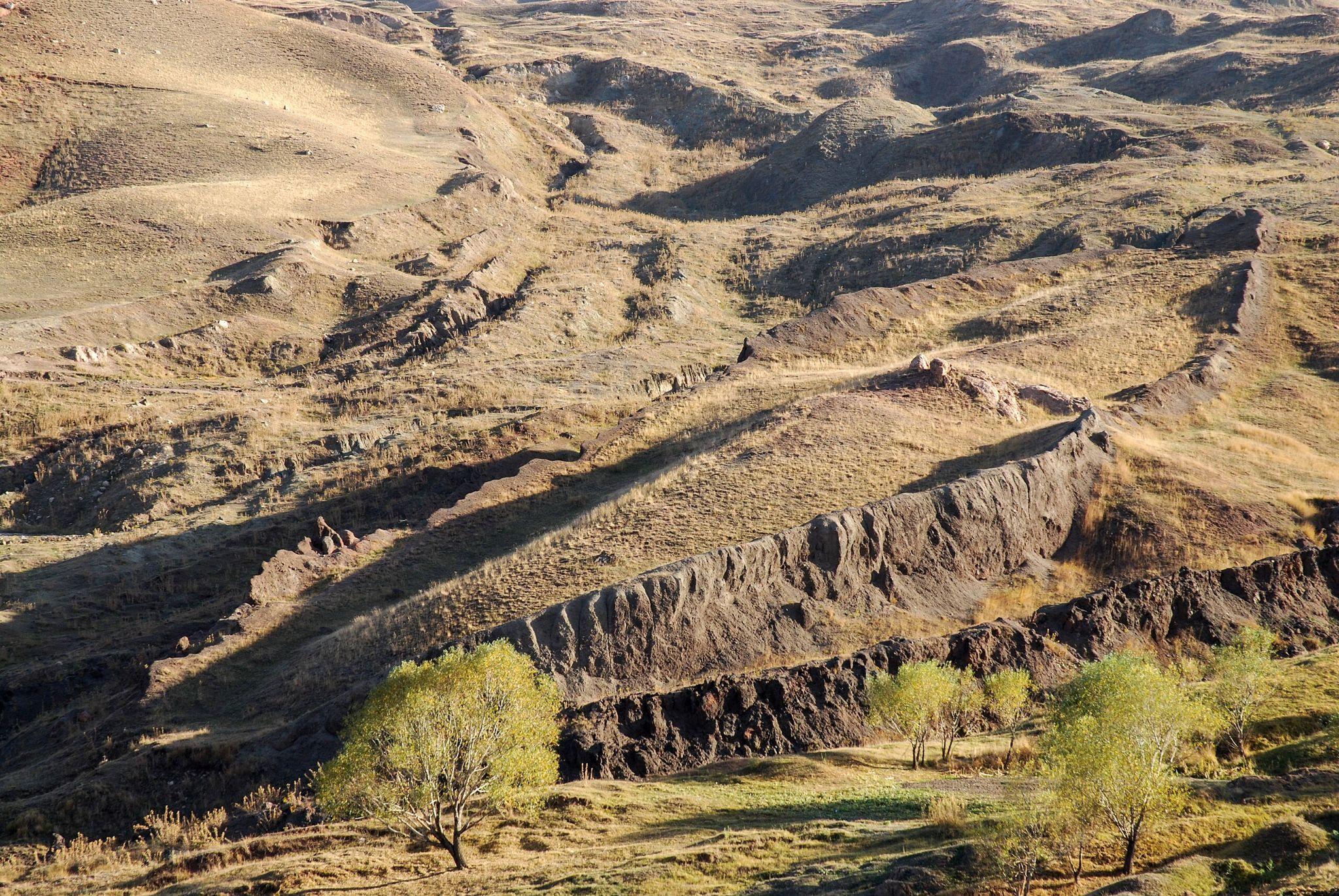
Source: Wikimedia
The decision came following God’s decision to destroy his world after observing the weaknesses, corruption, and violence his creation had caused. In reality, God was essentially trying to wipe the slate clean and restore the goodness of his creation.
Archaeologists Hunt for the Ark
The story is known around the world. While many have suggested it was nothing more than a myth representing a natural calamity, others argue the entire event occurred, and the finding of the remains of the ark would be proof of such.
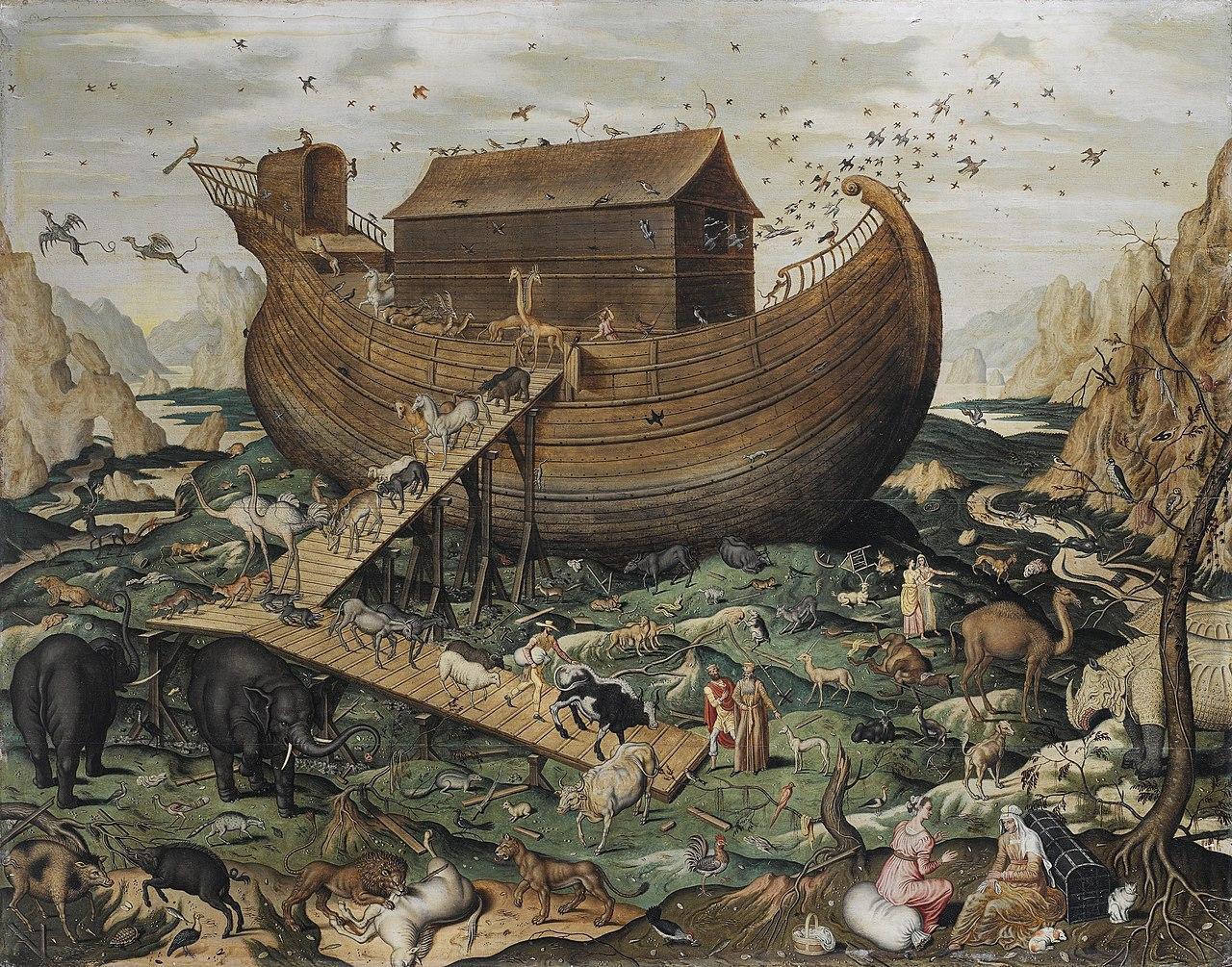
Source: Wikimedia
This has led to various explorations in search of the ship over the past few centuries, from scholars to archaeologists and hobbyists, all of whom have tried and failed to locate the ark. However, a team working in Turkey believes they have finally made a breakthrough.
The Location of the Ark
Archaeologists have been working at a geological formation in the Doğubayazıt district of Ağrı in eastern Turkey since 2021. The site aligns well with biblical literature, which claims the ark arrived on the “mountains of Ararat” in Turkey after the 150-day flood.
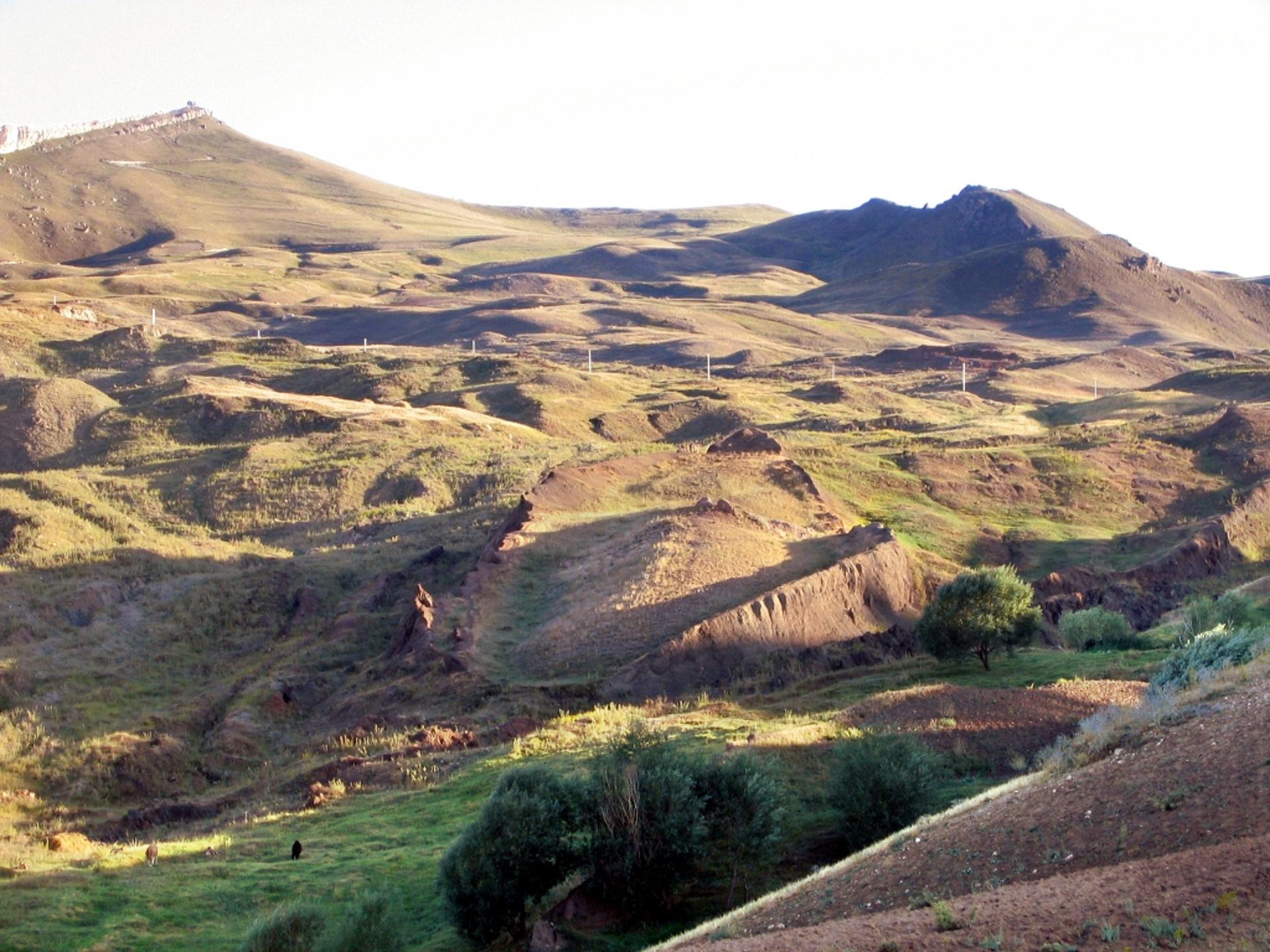
Source: Wikimedia
Images of the Durofeiner formation taken from above appear to resemble a boat-shaped outline, which many suggest could be the fossilized remains of the biblical ark.
The "Mount Ararat and Noah's Ark Research Team"
Mount Ararat has long been suspected as the final resting place of Noah’s ark. The most recent work at the site was conducted by The “Mount Ararat and Noah’s Ark Research Team,” a collaboration of Turkish and American universities.
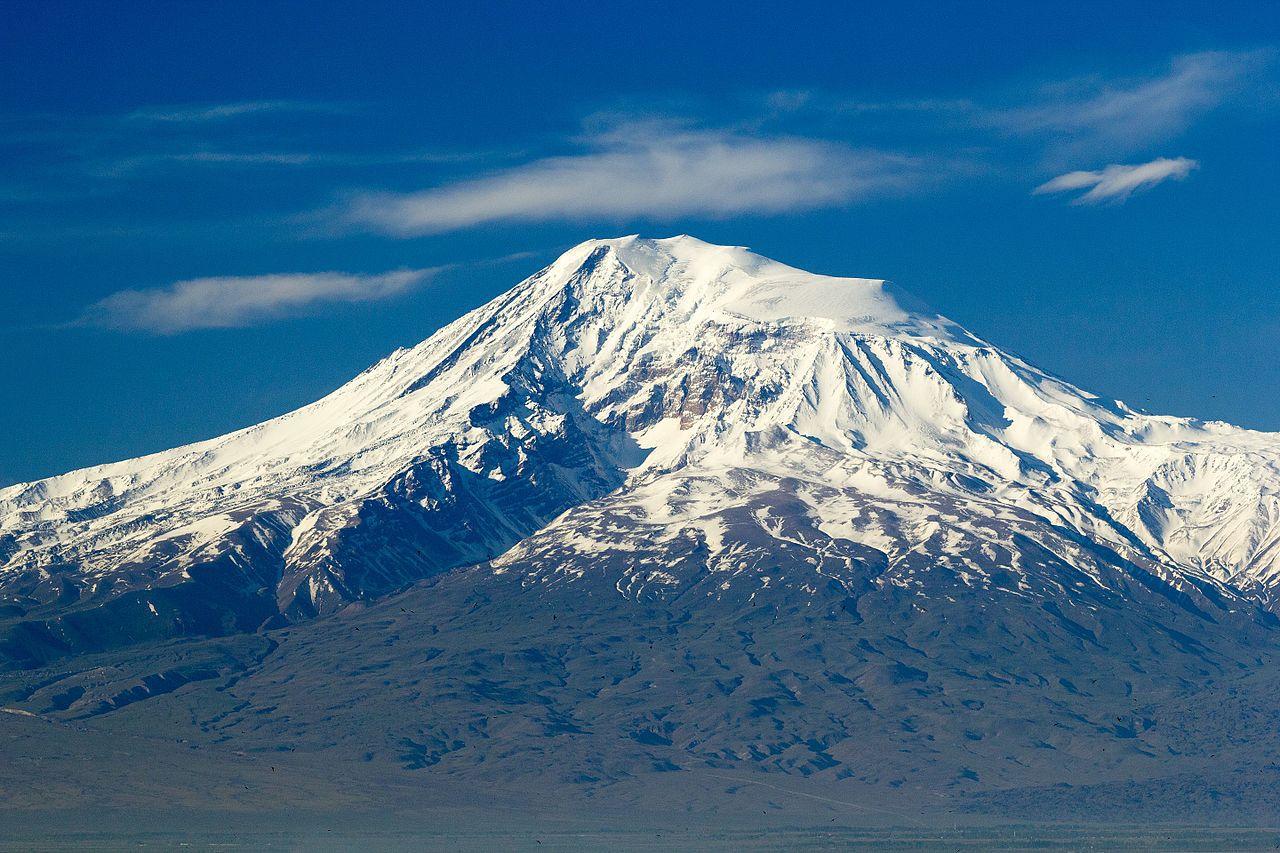
Source: Wikimedi
Researchers at the Durofeiner formation site took initial samples back in 2021. The testing revealed marine materials, seafood, and clay, all of which are evidence of human activity in the region, per The Jerusalem Post.
The Dating of the Site
The Durofeiner Formation reaches a height of around 165 meters and sits just three miles from Turkey’s border with Iran. The enormous rock formation is primarily made up of limonite.

Source: Freepik
Researchers were able to determine from the test samples gathered at the site that they are around 3500 to 5000 years old, which aligns well with the 3000BC date given to the era in which the biblical flood wreaked havoc on the world.
Researcher Speaks on the Dating of the Site
According to Dr. Faruk Kaya, vice-rector of Agri Ibrahim Chechen University, the data taken from the samples are proof human activity was present in the region during the period that followed the flood.

Source: Freepik
“According to the preliminary findings of our research, we believe that human activity occurred in this region during the Chalcolithic period (Stone and Copper Age), specifically between 5500 and 3000 BC,” she said.
Too Early to Draw Definite Conclusions
Dr. Kaya went on to suggest that while their finds are promising, it’s too early to say for sure whether this could lead to the discovery of Noah’s Ark.

Source: Wikimedia
“Noah’s flood is believed to have taken place 5,000 years ago, and our findings indicate the presence of life in this region during that time. However, it is too early to draw definitive conclusions,” she said.
The Dimensions of the Formation Match the Ark
In the book of Genesis, we are given the dimensions of Noah’s ark, which are as follows: “300 cubits long, 50 cubits wide, and 30 cubits high.” This roughly equals 157 meters in length, 26 meters in width, and 15 meters in height.
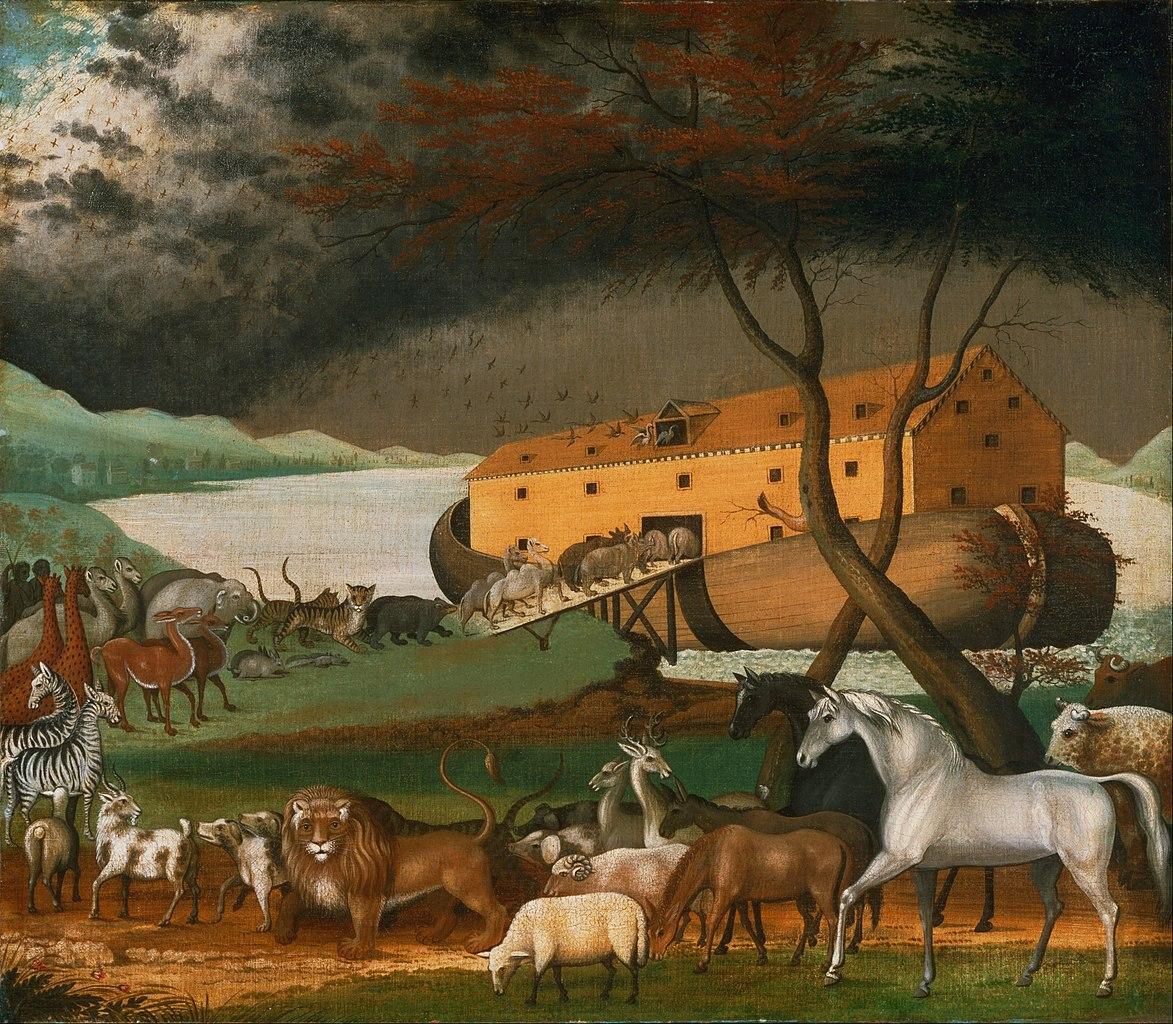
Source: Wikimedia
According to the researchers working at the Durofeiner site, the measurements of Noah’s ark share a striking similarity to the formation.
Initial Discovery of Formation
The Durofeiner formation is approximately 19 miles south of Mount Ararat, which, as we previously mentioned, is where the ark supposedly landed following the great deluge.
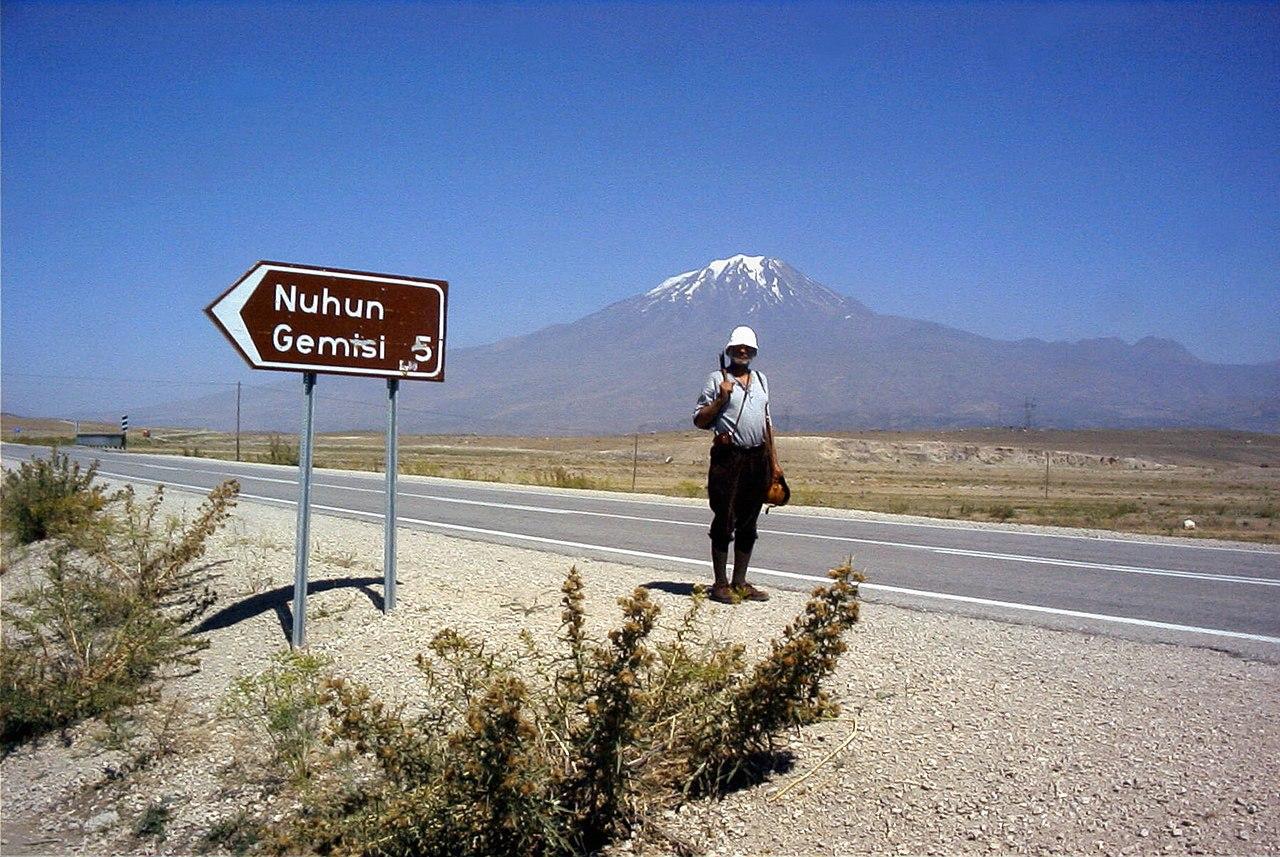
Source: Wikimedia
In 1948, a Kurdish farmer working in the region was the first to discover the formation. It received further recognition when the Turkish Army Captain Ilhan Durofeiner during a NATO mapping mission three years later.
Checking in Mesopotamia
Dr. Kaya recently gave a speech in 2023 titled “The Seventh International Symposium on Mount Ararat and Noah’s Ark.” Throughout the talk, he emphasized the importance of conducting work in Mesopotamia, which is mentioned throughout the Bible and the Quran.
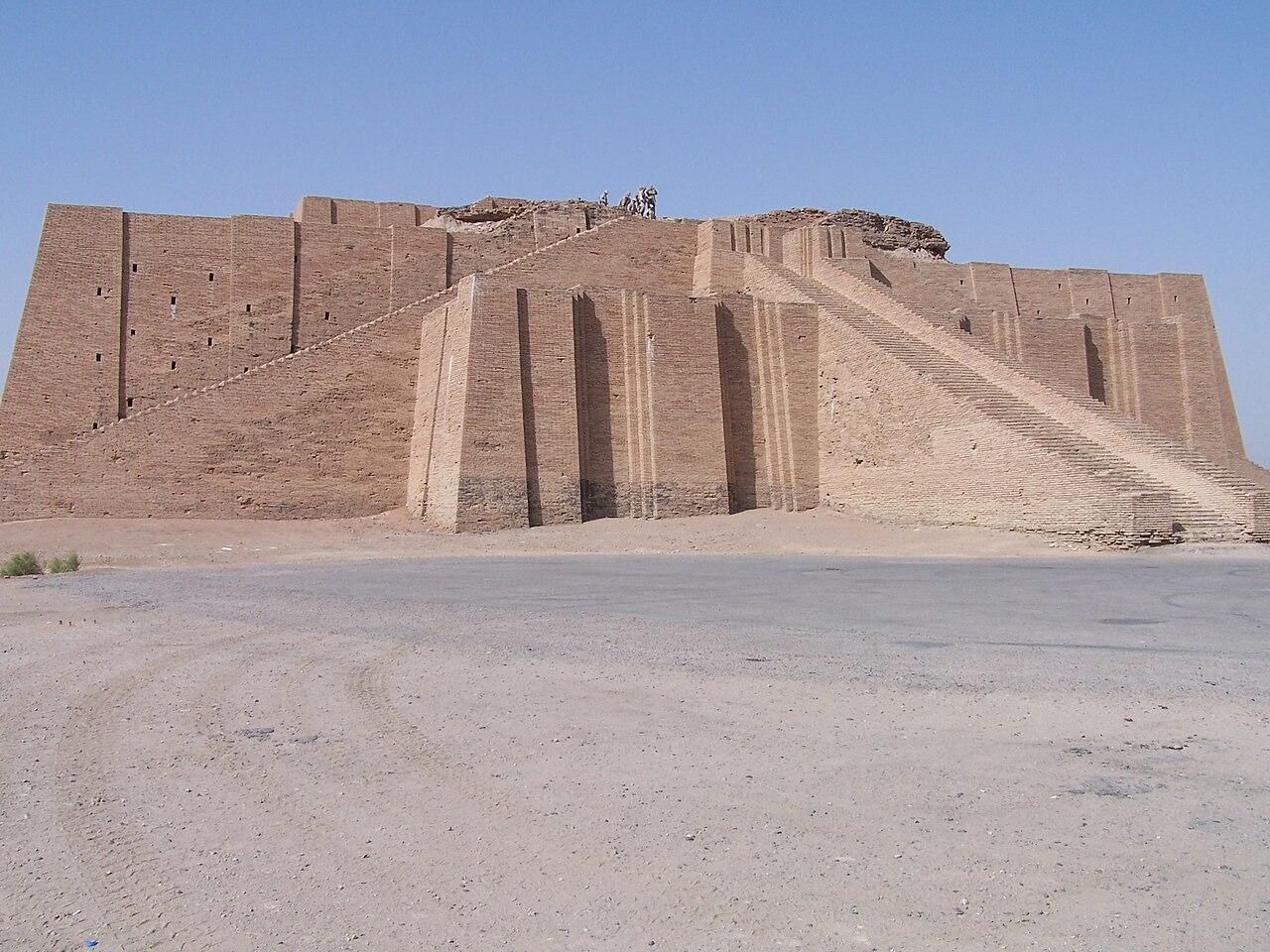
Source: Wikimedia
According to the researcher, they must continue to examine all accounts if they wish to truly unravel all the mysteries surrounding Noah and the ark.
Geologists Continue to Dispute the Findings
Researchers from “The Mount Ararat and Noah’s Ark Research Team” have been met with pushback from the geological community, many of whom suggest the formation at the Durofeiner site is nothing more than ancient rocks.
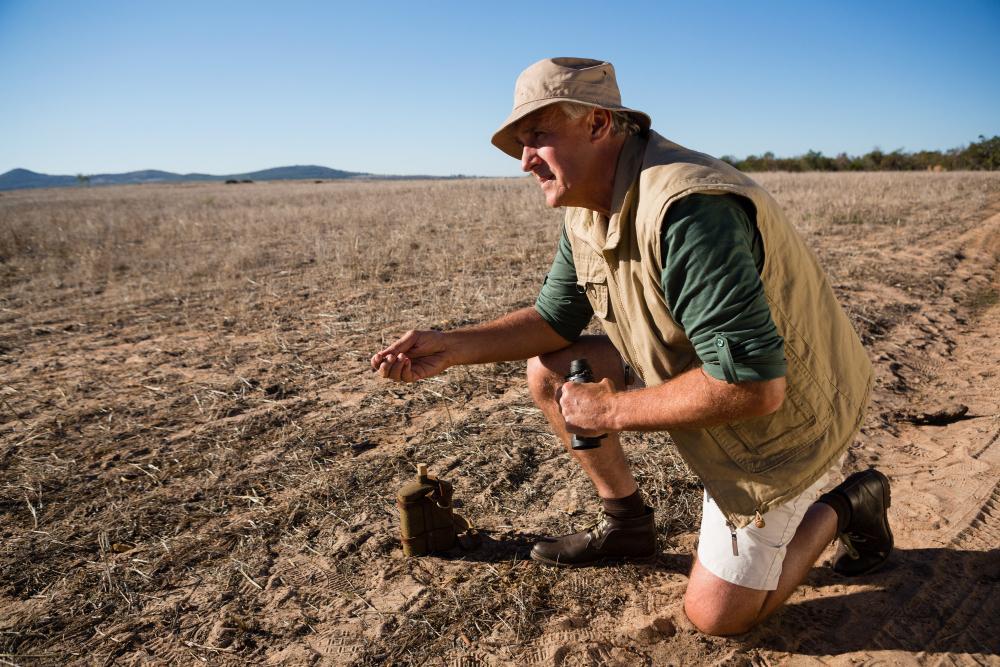
Source: Freepik
As things stand, it will take a lot more research before they can say that the Durofeiner Formation is the fossilized remains of Noah’s ark.
Global Flood Narratives
Many ancient cultures recount similar flood narratives, suggesting a shared experience or symbolic representation. Comparing these myths reveals common themes of survival, rebirth, and divine intervention.
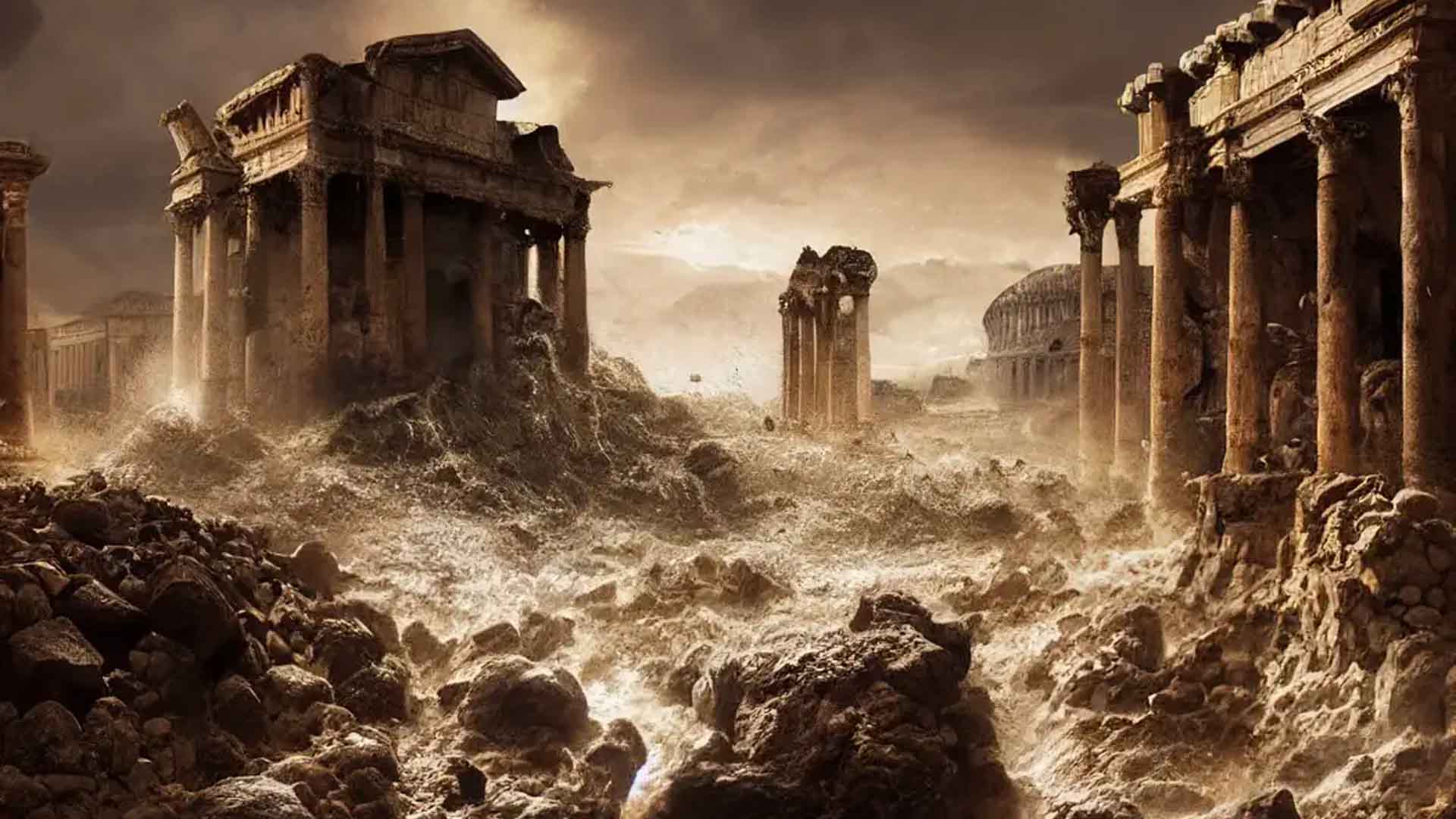
Source: Prompart/Pixelid
Understanding these stories provides valuable insights into how ancient peoples interpreted natural disasters and their impact on human civilization.
Flood Myths Across Cultures
The story of a great flood is not unique to the Bible. Many ancient cultures have similar tales. The Epic of Gilgamesh from Mesopotamia and Hindu texts describe massive floods.

Source: Wikimedia Commons
These stories, spread across different civilizations, highlight a common historical event or shared cultural memory, emphasizing the significance of flood myths in understanding human history.
Influence on Art and Literature
Noah’s Ark has inspired countless works of art and literature throughout history. From medieval manuscripts to contemporary films, the tale has been depicted in various forms, reflecting its enduring impact.

Source: Prateek Katyal/Unsplash
This cultural legacy demonstrates how ancient narratives continue to shape modern creativity and collective imagination, bridging the gap between past and present.
Myth vs. History
By examining flood myths alongside geological evidence, researchers can distinguish between mythological embellishments and historical events.

Source: Roman Kraft/Unsplash
This comparative analysis helps to contextualize the story of Noah’s Ark within a broader framework of ancient history, offering a balanced perspective on the interplay between legend and fact.
Team of Experts
The research at the Durofeiner site is a collaborative effort involving experts from multiple disciplines. Archaeologists, geologists, and biblical scholars work together, combining their knowledge to interpret findings.

Source: Wikimedia
This interdisciplinary approach ensures a comprehensive understanding of the site, integrating scientific analysis with historical context to uncover the secrets of Noah’s Ark.
Global Academic Partnerships
Collaboration extends beyond local teams as well, involving international academic partnerships. Universities from around the world contribute expertise, resources, and technology.

Source: Cytonn Photography/Pexels
These global efforts enhance the research quality, fostering a diverse exchange of ideas and methodologies, which are crucial for a project of this magnitude and historical importance.
Challenging the Findings
Despite the promising discoveries, the scientific community remains divided. Some argue that the formation at the Durofeiner site is simply a natural rock formation.

Source: Freepik
Skepticism drives further research and debate, highlighting the challenges in proving such an extraordinary claim and ensuring rigorous scientific standards are upheld.
Need for More Evidence
Skeptics demand more concrete evidence to support the claim of discovering Noah’s Ark. They call for additional samples, advanced testing methods, and peer-reviewed publications.

Source: Mick Haupt
It’s not entirely unfounded, though. Ongoing scrutiny is vital for maintaining scientific credibility and pushing the boundaries of archaeological research to uncover undeniable proof.
Planned Excavations
Researchers have outlined extensive future plans for the Durofeiner site. Upcoming excavations aim to uncover more artifacts and conduct detailed analysis.
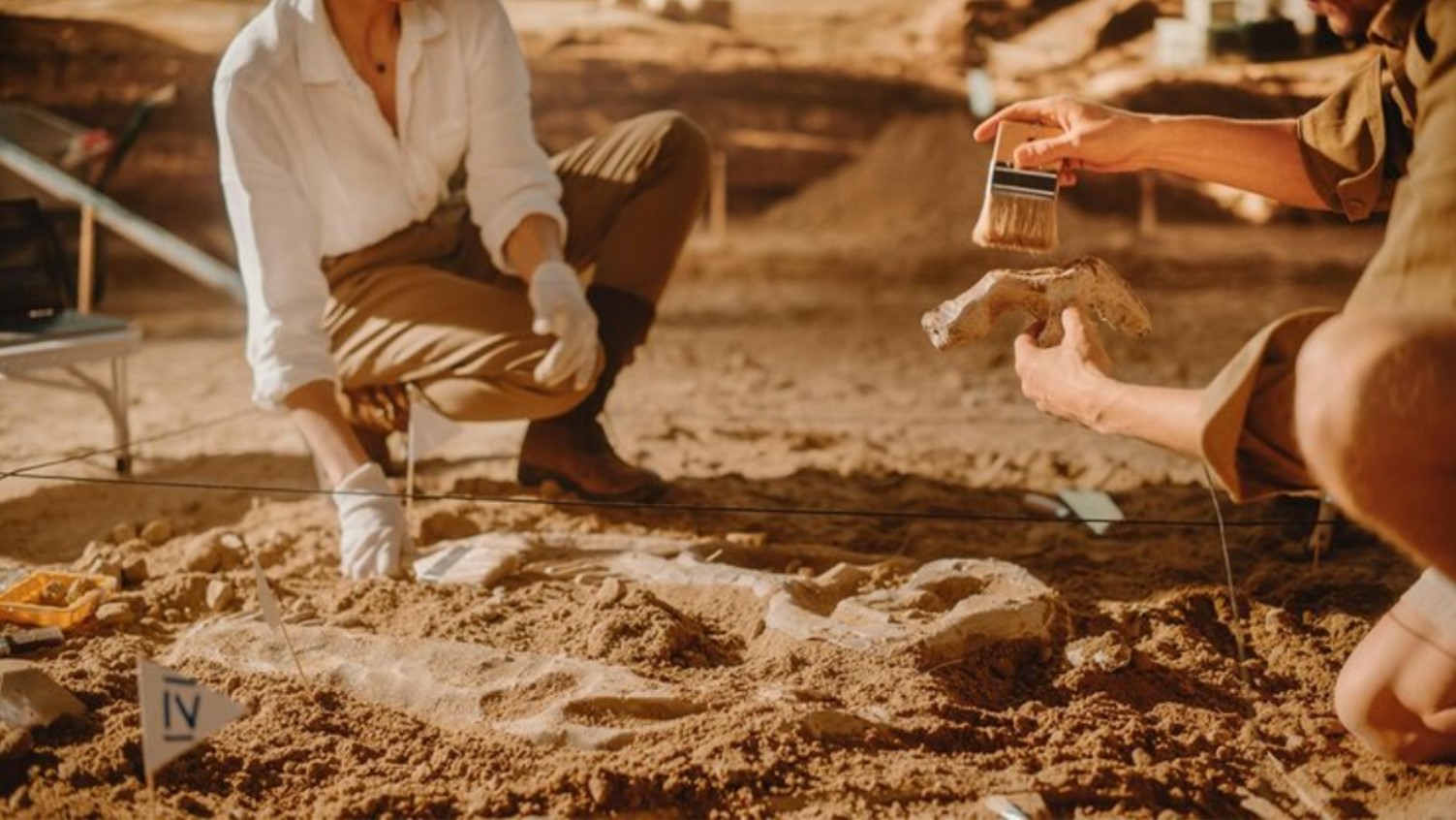
Source: Freepik
These efforts are expected to provide deeper insights into the site’s history and possibly confirm the presence of Noah’s Ark, offering new perspectives on ancient civilizations and their stories.
Technological Enhancements
Future research will incorporate even more advanced technologies. Innovations in DNA analysis, remote sensing, and environmental reconstruction have the potential to play a pivotal role.

Source: Mario Tama/Getty Images
These enhancements might allow researchers to gather more detailed information and potentially uncover definitive proof of human activity related to the biblical narrative.
Preservation and Education
As excavations continue, it is important to prioritize the preservation of the site and its artifacts for future generations.

Source: Taylor Flowe/Unsplash
This includes implementing sustainable methods for research and conservation, as well as promoting the responsible management of cultural heritage sites.
The Case for Transparency
Education about the Durofeiner site and its significance should be prioritized.

Source: Markus Ewert/Unsplash
By educating the public about ongoing research and findings at the site, we can promote a better understanding and appreciation for our shared human history.
